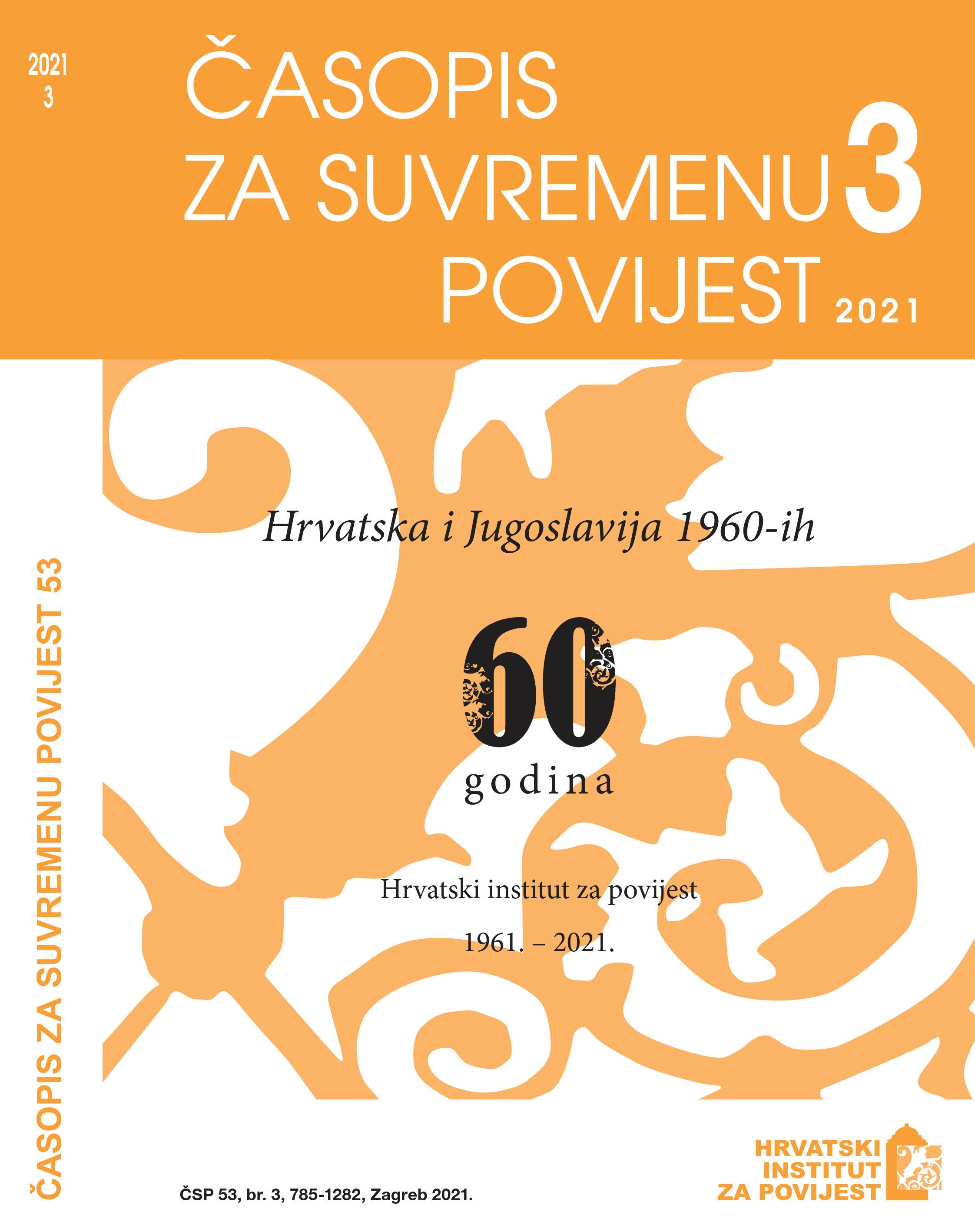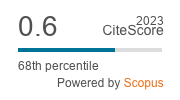Serbian Liberals and the Croatian Spring: Croatian-Serbian Relations and New Concepts of Yugoslavia in the Late 1960s and Early 1970s
DOI:
https://doi.org/10.22586/csp.v53i3.18379Keywords:
Yugoslavia; Josip Broz Tito; Croatian Spring; Serbian liberals, Savka Dabčević-Kučar; Marko Nikezić; Tenth Session of the Central Committee of the League of Communists of CroatiaAbstract
This paper examines the relations between the two largest Yugoslav republics, Serbia and Croatia, through the political orientation of their leading reformist structures in the period from when they came to power in late 1968 to the forced resignation of the Croatian leadership in December 1971. Starting from the common strategic goals of the reform-oriented leaderships of Marko Nikezić and Savka Dabčević Kučar, the relations of official Belgrade and Zagreb fluctuated from alliance based on common interests, compatible constitutional and market goals, mutual defence from the arbitrary actions of the federal political centre, the need to expand the reformist base in society, the operationalisation of ‘clean slate’ politics, and a desire for the further liberalisation and democratisation of Yugoslav self-governing socialism to misunderstandings regarding the decentralisation of financial capital, different political methodologies, and different approaches to Tito. From the Tenth Session of the Central Committee of the League of Communists of Croatia to the Seventeenth Session of the Presidency of the League of Communists of Yugoslavia, Marko Nikezić’s leadership showed a much higher degree of understanding for the political challenges that were coming from the reformist political leadership in Zagreb compared to the conservatives in Belgrade, who expected that Serbia would return to the role of the key ‘guardian’ of Yugoslavia. Still, a change in the political course took place when Tito, using the principle of ‘democratic centralism’, decided to defend the decentralised state through a recentralised, monopolist party. Reformist advocates of a more decisive modernisation of Yugoslav socialism were stigmatised as a disruptive factor. For this reason, at the Twenty-First Session of the Presidency of the League of Communists of Yugoslavia in Karađorđevo, Nikezić’s leadership remained alone in its disagreement with the forcible removal of leading figures of the Croatian Central Committee, knowing that the suppression of the Croatian Spring would open the way towards a permanent change of course and the re-Stalinisation of political conditions in the country as well as the complication of Croatian-Serbian relations in the future.
Downloads
Published
How to Cite
Issue
Section
License
Copyright (c) 2021 authors and journal

This work is licensed under a Creative Commons Attribution-NonCommercial 4.0 International License.
Copyright holders are the publisher Croatian Institute of History and the authors. Journal of Contemporary History is an Open Access journal. Users are allowed to read, download, copy, redistribute, print, search and link to material, and alter, transform, or build upon the material, or use them for any other lawful purpose as long as they attribute the source in an appropriate manner according to the Creative Commons licence CC BY-NC. The papers published in Journal of Contemporary History can be deposited and self-archived in the institutional and thematic repositories providing the link to the journal's web pages and HRČAK. Journal does not charge article processing charges (APC). The editors assume no responsibility for statements of fact or opinion made by contributors.




